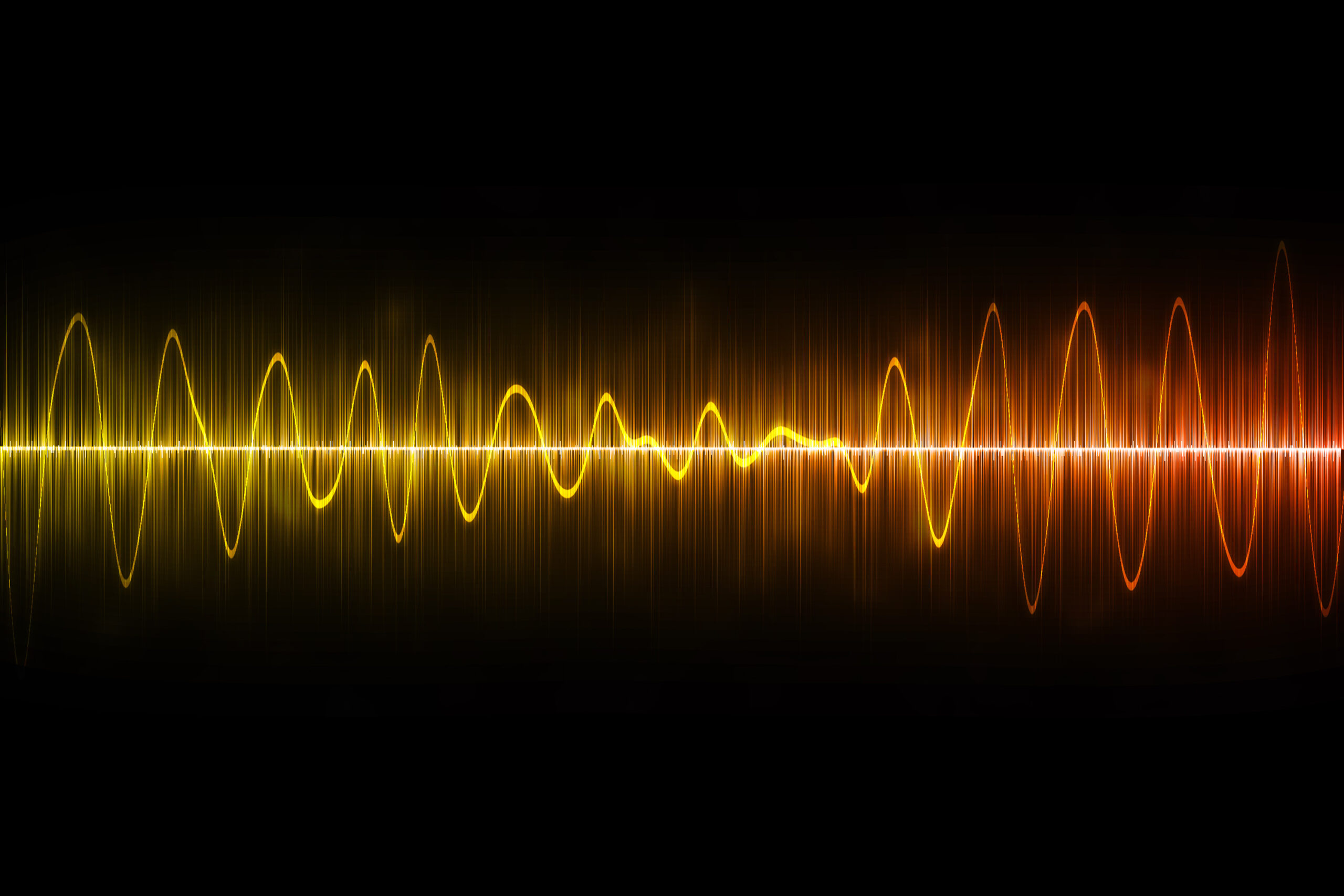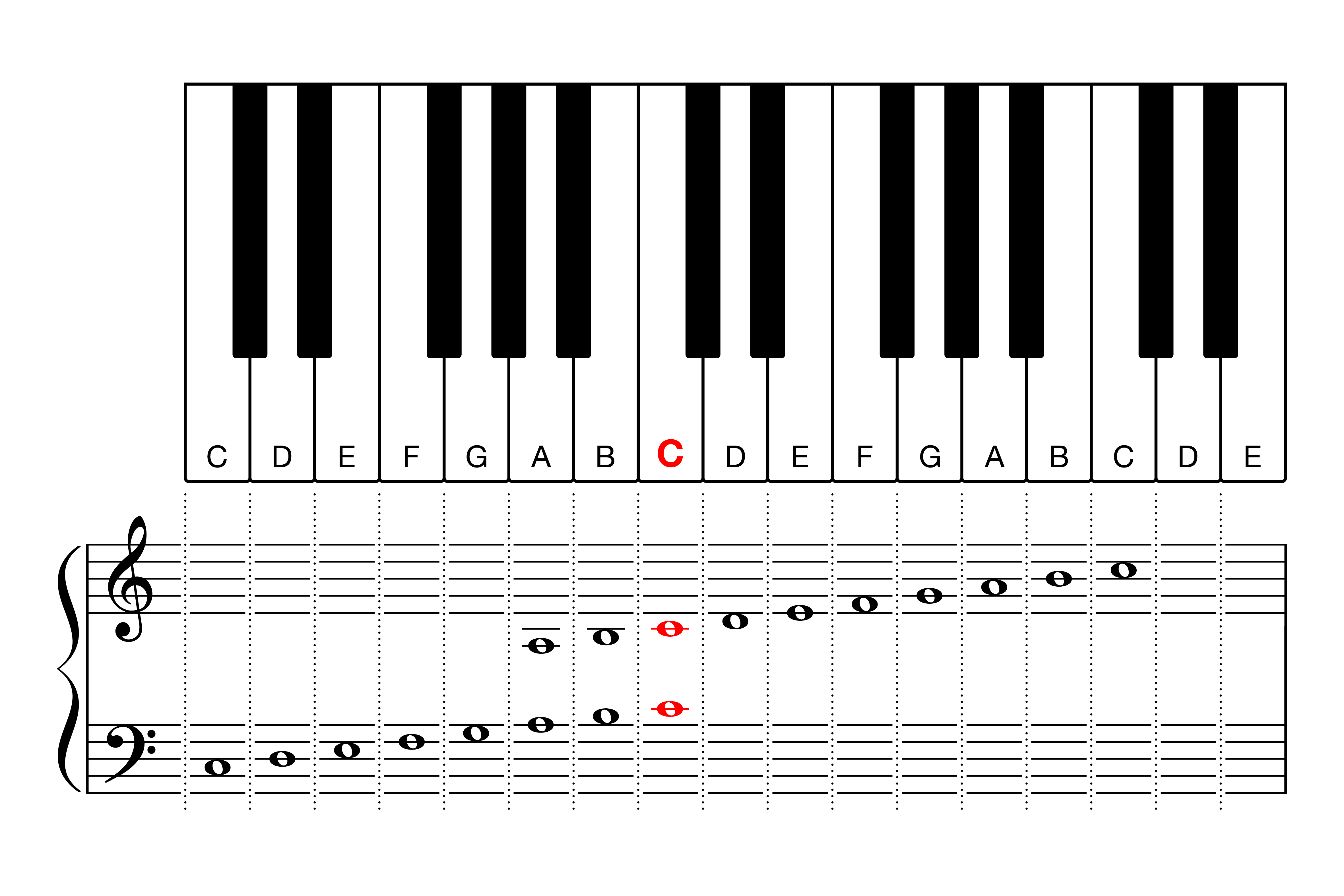Learning objective
Knowledge:
- To describe the relationship between volume and distance.
Working scientifically:
- To suggest which variables to measure and for how long.
Success criteria
Knowledge:
- I can describe what happens to the volume
This content is for subscribers only. Join for access today.
National curriculum
Science
Sound
Pupils
This content is for subscribers only. Join for access today.
Cross-curricular links
Mathematics (Year 3)
Measurement
Pupils
This content is for subscribers only. Join for access today.
Before the lesson
This content is for subscribers only. Join for access today.
Lesson plan
Recap and recall
Display the Presentation: Comparing volume data, which shows two data tables measuring the volumes (in decibels) of everyday sounds.
This content is for subscribers only. Join for access today.
Extended-mode explainer videos
How to extend your display to view the lesson page and preseantion mode simultaneously. Choose your operating system below to watch the video
If you need further support with extending your display,
please contact [email protected].
Extended-mode explainer video: For Mac
Extended-mode explainer video: For Windows
Adaptive teaching
Pupils needing extra support
Could use cones set out by an adult to mark every 5 m from the tablet making a sound so they do not need to use a tape measure for the investigation; could use the Resource: Variables (support) to choose which variables to measure and keep the same.
Pupils working at greater depth
Should calculate the change in decibels every 5 metres using the extension column on the data table; should apply this pattern to calculate the answer to slide 3 of the Presentation: Which will be the loudest?; could choose an extension activity relating to volume from the Resource: Stretch and challenge: Sound and vibrations.
This content is for subscribers only. Join for access today.
Assessing progress and understanding
Pupils with secure understanding indicated by: describing what happens to
This content is for subscribers only. Join for access today.
Knowledge outcomes
- I can describe the relationship between distance and volume; the volume decreases as the distance from the source increases.
- I can estimate the comparative loudness of a sound based on its volume and distance.
This content is for subscribers only. Join for access today.
Vocabulary definitions
-
anomaly
A result that does not fit the pattern.
-
bar chart
A graph to show grouped data using different length bars.
This content is for subscribers only. Join for access today.





